Texas Tech Amarillo students prep for mass disaster during simulation event
Students from Texas Tech’s multiple medical and health programs participated in its first Disaster Day mass disaster simulation, Friday at the Texas Tech University School of Veterinary Medicine in Amarillo with various local emergency response entities.
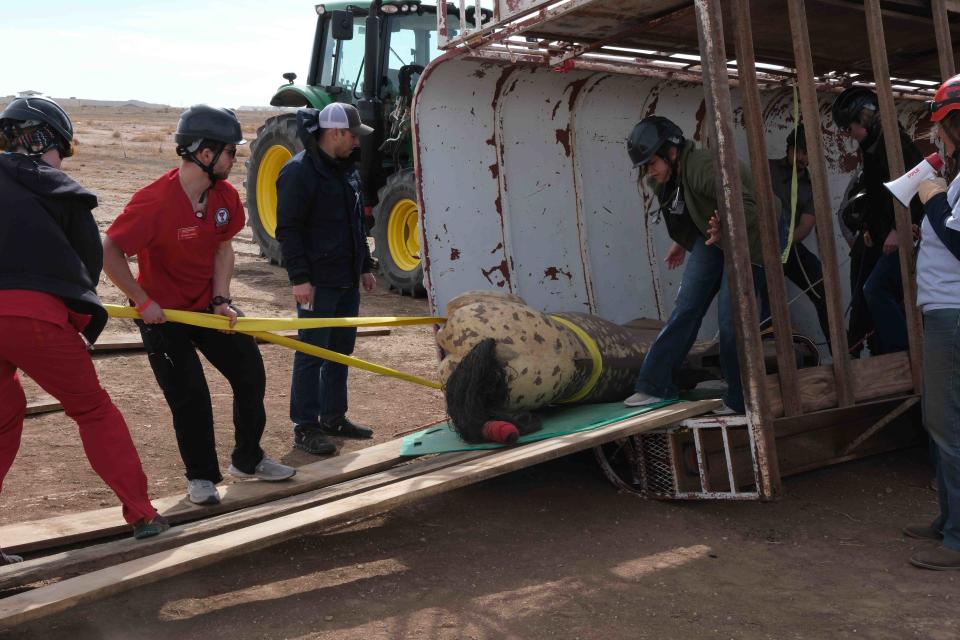
Disaster Day served as a student-led interprofessional emergency response simulation. Participating in the event were students from Texas Tech University Health Sciences Center (TTUHSC) Schools of Medicine, Nursing, Pharmacy and Health Professions and the Graduate School of Biomedical Sciences in Amarillo; students from the Texas Tech University School of Veterinary Medicine (TTUSVM); as well as Red Cross staff/volunteers, City of Amarillo Fire Department and Amarillo Medical Response.
The event was to simulate a scenario much like the March 18, 2018, wildfire in Amarillo to give students the experience of working with other agencies and discipline to respond to a mass casualty event and the situations that could be encountered.
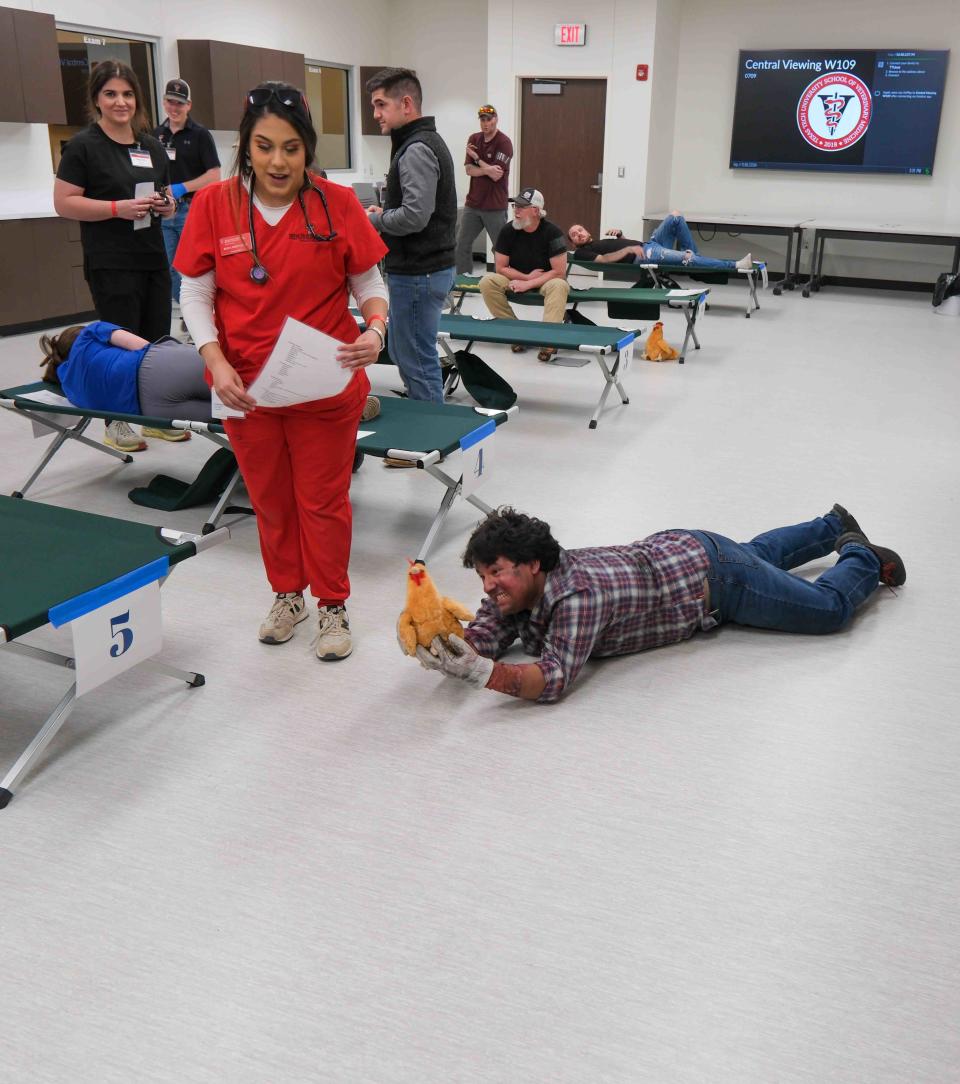
Students went through different scenario stations, which included a triage station, basic life-saving, team lift skills, an AMBUS (ambulance bus) station and an equine rescue station. The student teams were able to practice the basics of mass casualty triage and apply assessment, reasoning and decision-making skills during an emergency to understand better the teamwork, communication and responsibilities required to deal with mass disaster situations.
Renee Bogschutz, director of interprofessional training for TTUHSC, spoke about the value of the training from the mass disaster simulation, which had students working with groups outside of their training.
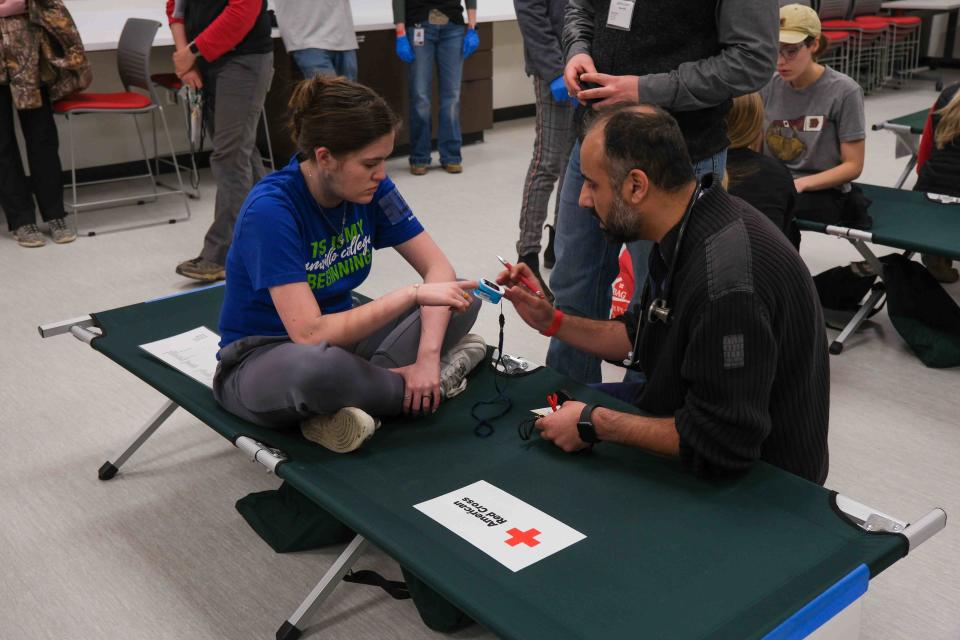
“We are training our health care professionals to respond to disasters like wildfire, so when the time comes, they can be good team members to collaborate and communicate for the betterment of the community,” Bogschutz said. “We are excited to bring this to Amarillo, because wildfires and tornadoes greatly impact West Texas. We want our students to all be prepared to respond to these types of emergencies.”
According to Bogschutz, the simulation has been done in Lubbock for the past two years, and the school thought it would be a valuable experience to bring to Amarillo.
"The students are doing an amazing job and are so excited about what they will learn from this experience today,” Bogschutz added. "We do this so that they can be more prepared to help the communities they serve."
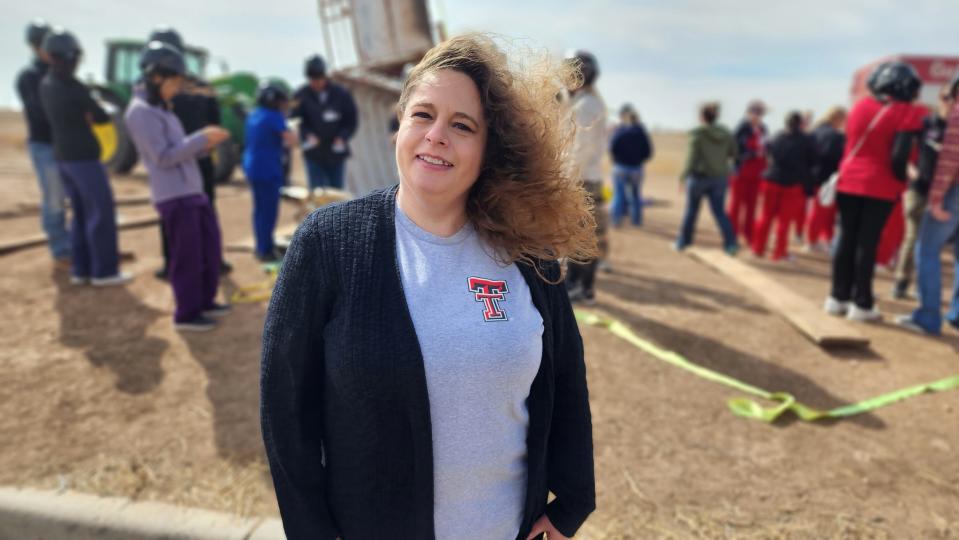
Among the most challenging of the three stations set up Friday was an overturned trailer with a 750-pound horse to be rescued. Coordination and setup to move the horse in a safe manner were paramount, as students worked to resolve the situation.
Baylee Lavender, a first-year student nurse, spoke about her experience with the disaster scenarios she was involved with. She said that the horse rescue scenario was an eye-opening experience since, as a nursing student, this is not something she would normally be prepared for.
“We as nurses don’t get to experience saving and rescuing animals very often, so it was enlightening to collaborate with the veterinary students to learn new skills,” Lavender said. “It is essential to be able to learn how to deal with less typical scenarios that we could experience as nurses.”
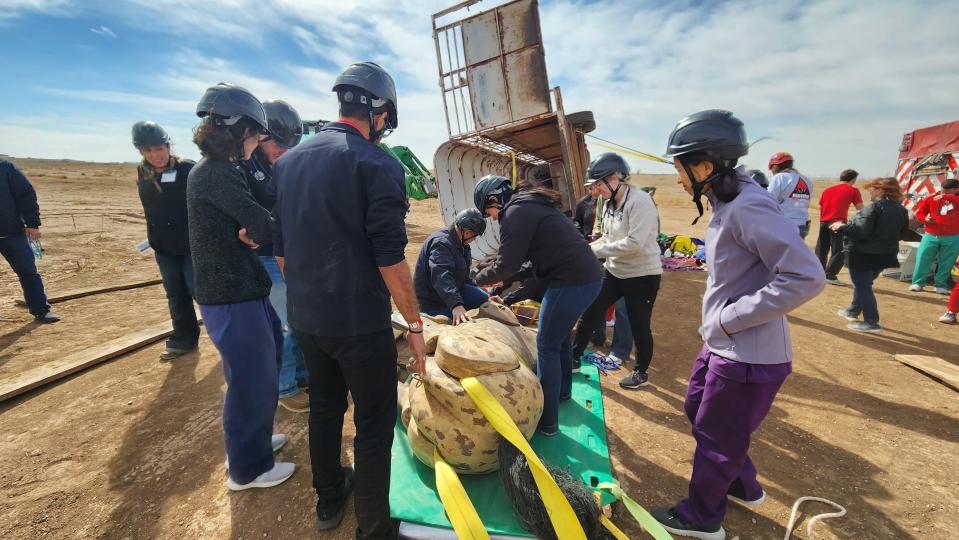
She said that for many students, nothing in their previous training would have them prepared for scenarios such as rescuing and treating a horse, and it was interesting to see what role each person might play in the situation as a learning experience.
“It was so important and valuable to be able to work as a team and learn how it is to collaborate with other groups, because in our careers, there will be a lot of collaboration with other groups required,” Lavender said.
Kenzie Salzmann, a second-year veterinary nurse student, spoke about her experience with Disaster Day. She related her experience with a triage room scenario that featured patients and animals with problems, from a snakebite to a man overly concerned with his chicken.
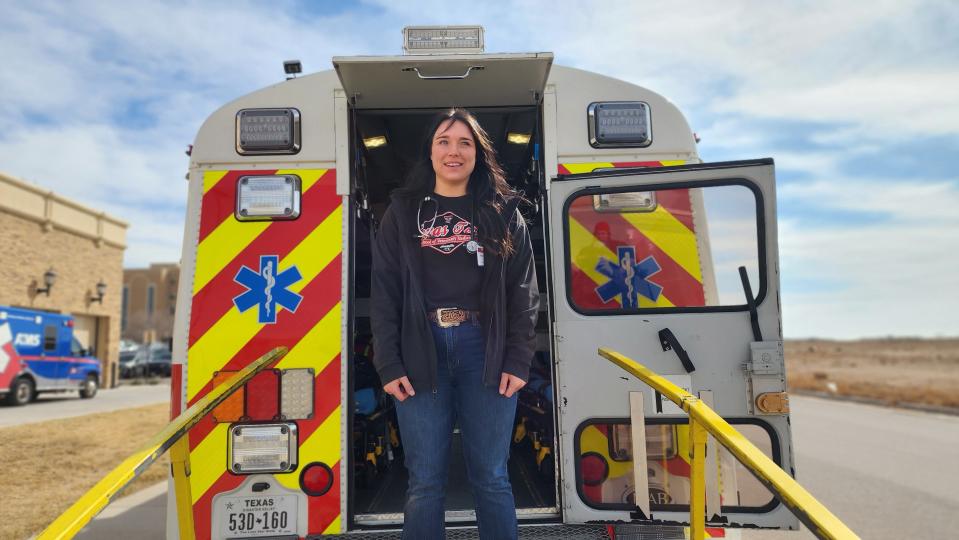
“I have never been in a real disaster, but I thought the intensity and realism of the scenarios were very effective,” Salzmann said. “I felt the triage room scenario where you had all of these people in various situations, where we had to deal with their needs as well as those of their animals.”
Salzmann said the triage portion was quite challenging, with prioritizing human and animal patients as she worked with other agencies to give the best care to both.
“I think gaining the experience of having to calm your patient as you access their situation to take care of them was invaluable,” Salzmann said. “Working with so many different people with different skills gave me a great view of how to work with other medical professionals and to use our strengths to help each other.”
This article originally appeared on Amarillo Globe-News: TTU health, vet school students prep for mass disaster at simulation

